The cyclist's curse of watt/kilo
Since practically the dawn of professional competitive cycling, cyclists have had a severe obsession with weight that increased with the arrival of power meters that revealed with data that the easiest way to improve performance was to lose weight in the face of the difficulty of producing more watts. And like all obsessions, it has led to eating problems in several generations of cyclists. Something that, fortunately, seems to be changing.
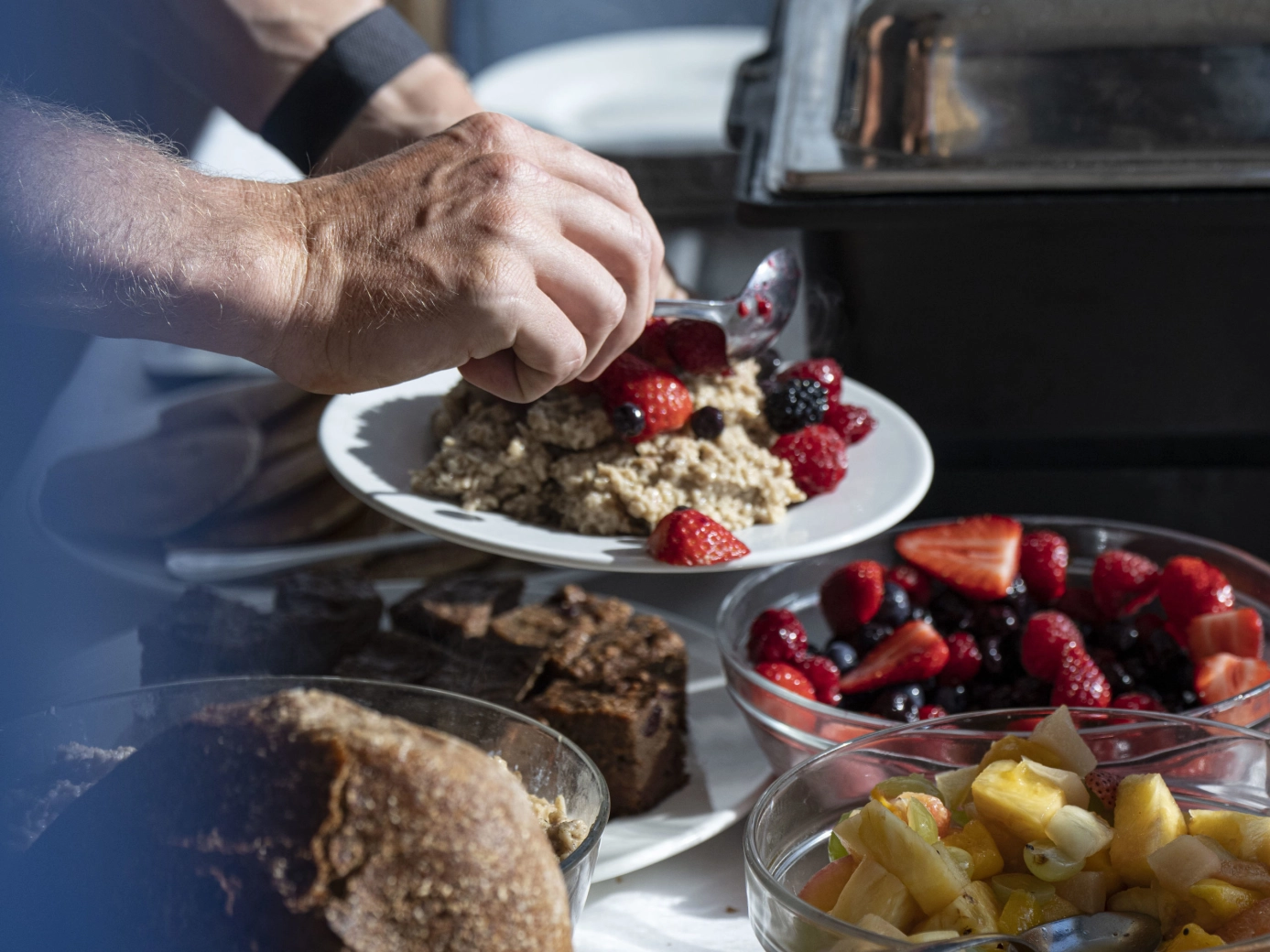
Nutrition and the need for energy curb the obsession with weight in the peloton
Often many are amazed at the performances we see in current cycling. A cycling in which little by little the offensive style is being lost as it used to happen in other times that the older ones usually miss. However, there are also those who attribute these performances, especially those who experienced cycling in the 90s and 2000s, to doping without stopping to think for a minute about how much sports science has evolved in these decades.
And of all these aspects that have undoubtedly changed, one of the most significant is nutrition under the maxim that the body without energy is not able to perform. For decades, and even today, the obsession with weight by cyclists and team technicians has marked the careers of many athletes who have even ended up falling into eating disorders and nutritional problems that have ruined a promising career.
RECOMENDADO

The best apps for cycling and mountain biking

Black Friday 2025 cycling bargains: save on Garmin, POC, Maxxis and more
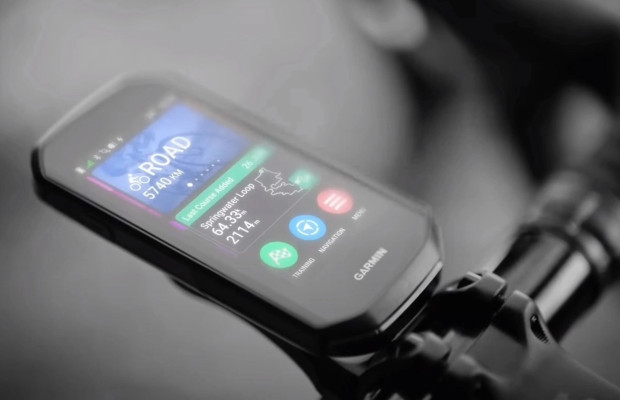
Black Friday Garmin 2025: the ultimate guide to choosing your GPS at the best price

Do you need suspension on your gravel bike?
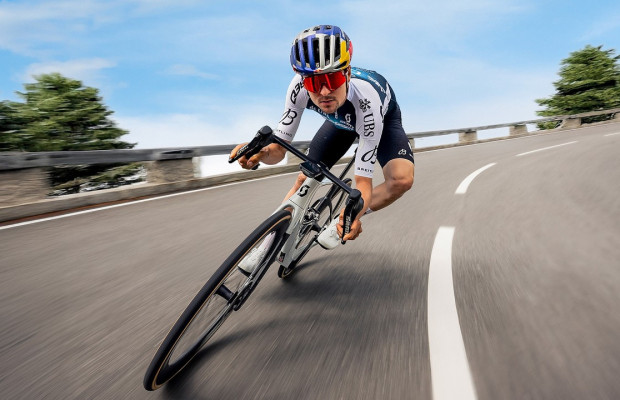
Countersteering, braking and cornering: the basics to improve your cornering skills
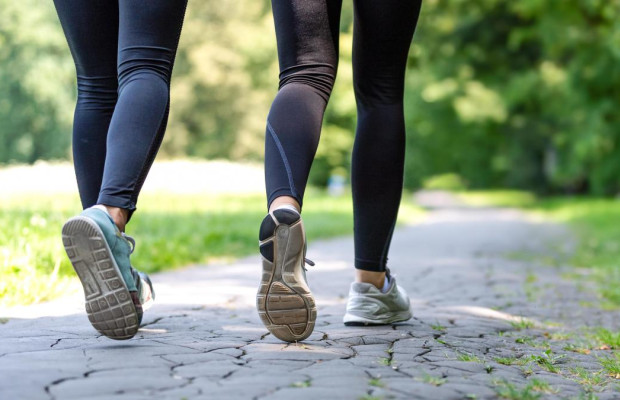
10,000 steps a day or how much on a bike?
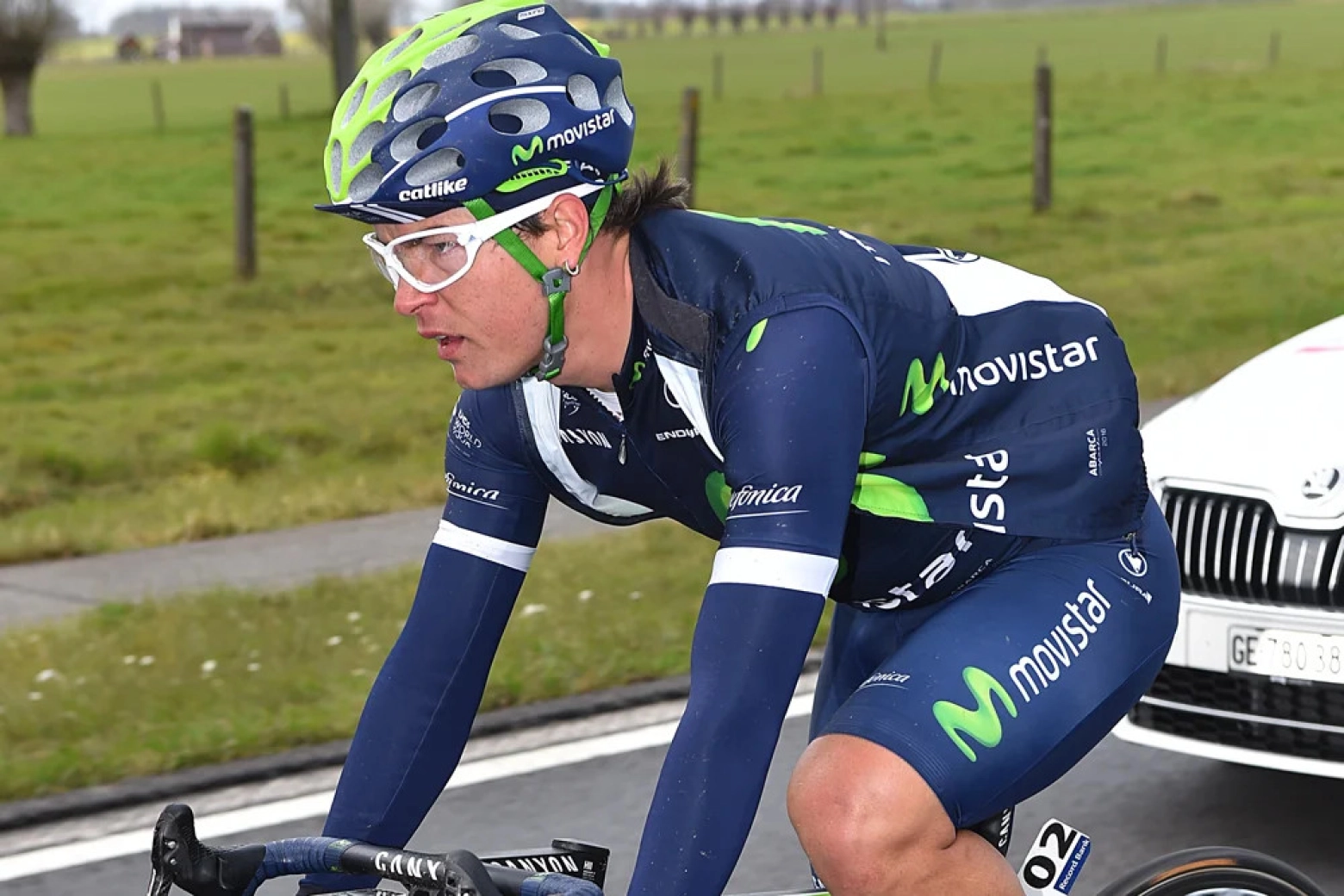
Almost since competitive cycling exists, climbs have been the terrain where differences have been made. A terrain where having the best ratio between the power that the cyclist can provide to the pedals and the weight that has to be moved to overcome the slope becomes a decisive factor. Especially since all cyclists train at a high level and the margin to improve the power that can be generated is very small. Therefore, the easiest thing has always been to improve the other part of the equation, that is, to weigh less so that each watt counts more.
However, in this search for the lowest weight, traditionally it has not been taken into account that the body needs energy to generate power, and that is precisely where the theory faltered. Traditionally, we have heard authentic horror stories from cyclists themselves, such as going out for a 7-hour training session on mountainous terrain with just a toast and a coffee as the only food, eating small bites of a corn cake to calm anxiety and hunger on winter concentration nights in the middle of some remote mountain, or that the menu invariably consisted of rice, pasta, chicken without any type of seasoning.
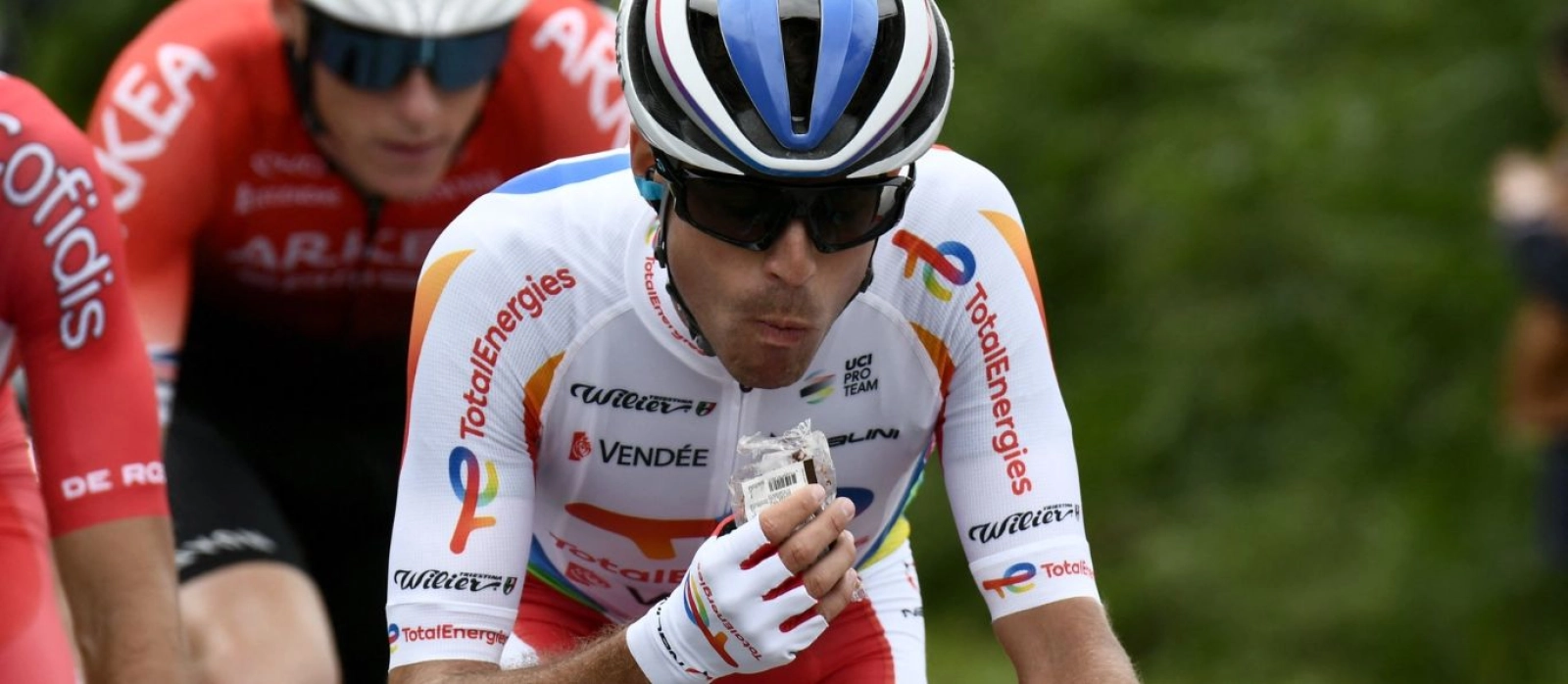
Today, the typology of the cyclist remains the same: individuals completely stylized, with barely any residual fat in their tissues, even in the case of classics riders for whom power is more important than weight. However, the appearance of current cyclists is generally much healthier than in the past, something that has been influenced by the precise control of nutrition that teams have been incorporating and that has become the cornerstone of cyclist performance, at the same level as the training they inevitably go hand in hand with.
Today, teams are fully aware that the problem is not that their cyclists eat too much but quite the opposite, that they do not eat enough and are able to comply with the scheduled training sessions and recover properly for the next training session or competition. That is why the figure of the team of nutritionists who plan the diet of each rider in close collaboration with the coaches to adapt the daily food to the caloric needs of each day has become a key factor in squeezing the maximum performance out of each rider.
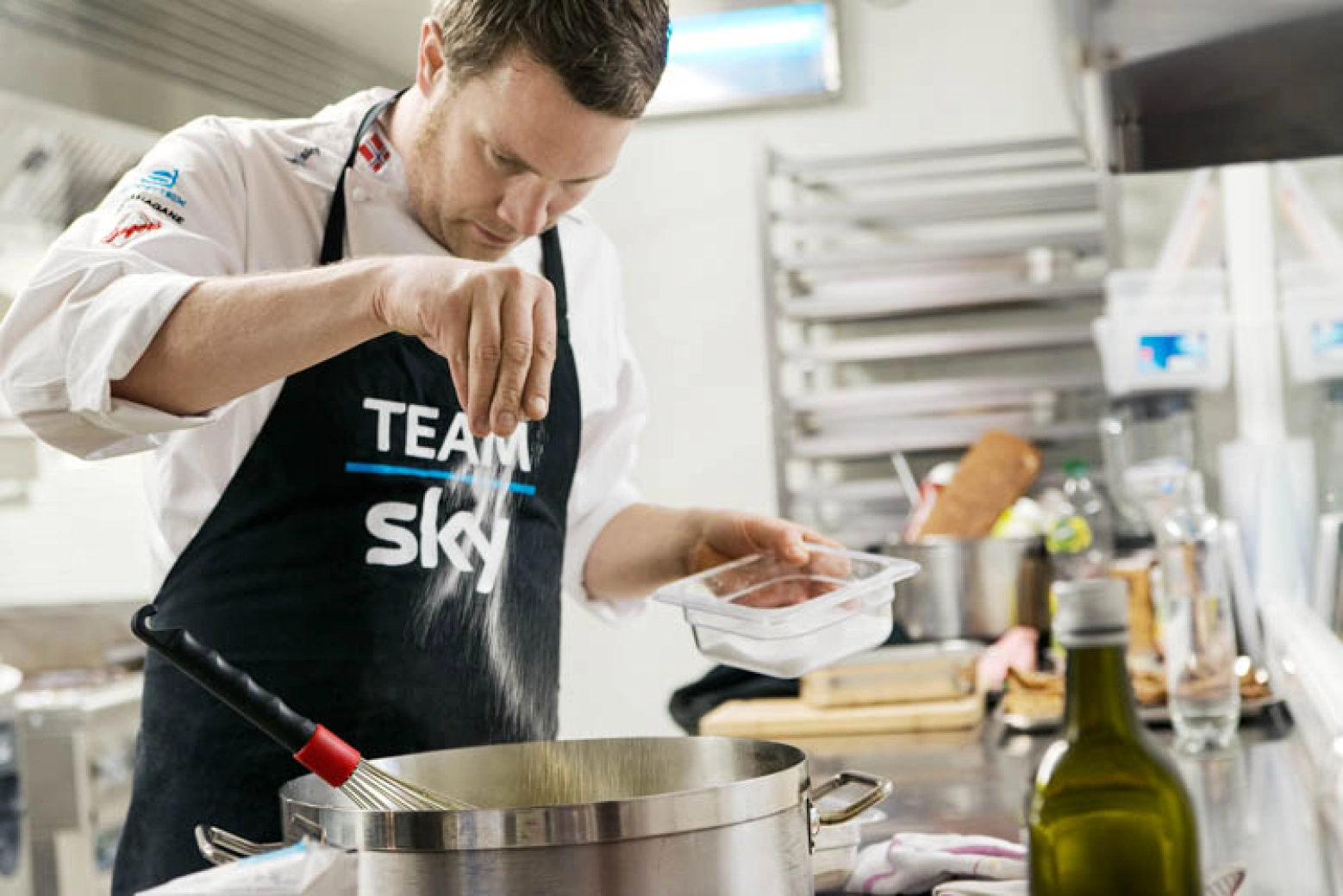
This task has not been easy for teams since most, on their way to professionalism, have been influenced by that traditional obsession with having the minimum weight at all costs without stopping to think if with an extra kilo they might be able to train much better and therefore perform better.
In the evolution of cyclist nutrition, chefs have also played an important role in showing that eating balanced meals, providing the necessary nutrients and calories, does not have to mean eating spartanly. In this way, white pasta without any sauce has been forgotten during races where team chefs prepare menus worthy of renowned restaurants. In addition, for the cyclist's daily life, a nutritional education task is carried out that includes the use of applications that plan the menu for the cyclist so that good eating habits are maintained.

This has practically left behind the belief that being a cyclist meant going hungry and suffering, as well as the image of those cyclists who visibly gained weight during the months between the end of one season and the beginning of the next. Today, cyclists do not need to change nutritional habits that are sustainable and allow them to enjoy almost any meal in moderation to consume what is necessary based on what they are going to spend. Neither more nor less.